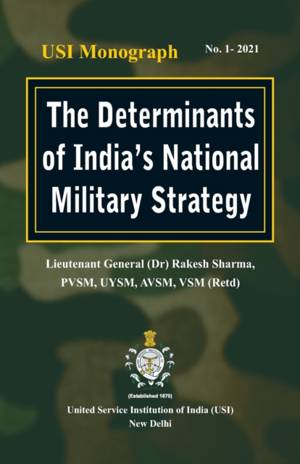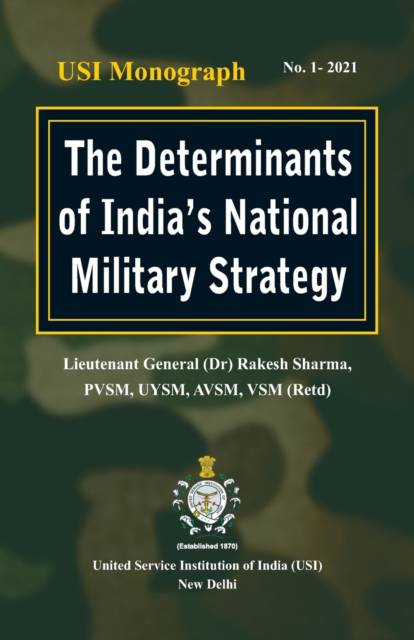
- Afhalen na 1 uur in een winkel met voorraad
- Gratis thuislevering in België vanaf € 30
- Ruim aanbod met 7 miljoen producten
- Afhalen na 1 uur in een winkel met voorraad
- Gratis thuislevering in België vanaf € 30
- Ruim aanbod met 7 miljoen producten
Omschrijving
This book examines the determinants of India's National Security Strategy. The author brings out that National Military Strategy should envisage employment of all the nation's military and civil capabilities at the highest of levels and this should facilitate long-term planning, development and procurement to create the requisite capabilities to assure victory or success. He states that if not enunciated by the politico-military establishment in peace, and if not planned, organised, structured, developed, trained-for or forces created in peace, then inadequacies in the achievement of political aims during war will be a national loss. This paper is accordingly laid out in six chapters examining the changing strategic geography and geo-strategic context; strategic threats and challenges; strategic culture and civil-military relations; envisioning of prospective warfighting; guidance of National Security Strategy and finally, the formulation of National Military Strategy. The author concludes that If the oncoming era is of back-end warfare ─ combat by programming computers, launching missiles or operating drone swarms ensconced thousands of miles away, in safe environments, then so be it! Assuredly, warfare has a future, the all-important question is the typology of warfare, and what it would take to accept it as inevitable, and assiduously work to acquire the capabilities. The strategic conclusion is that technology has fundamentally transformed the character of war, and maybe its nature too, in a significant measure.
Specificaties
Betrokkenen
- Auteur(s):
- Uitgeverij:
Inhoud
- Aantal bladzijden:
- 78
- Taal:
- Engels
Eigenschappen
- Productcode (EAN):
- 9789390917150
- Verschijningsdatum:
- 1/06/2021
- Uitvoering:
- Paperback
- Formaat:
- Trade paperback (VS)
- Afmetingen:
- 140 mm x 216 mm
- Gewicht:
- 108 g

Alleen bij Standaard Boekhandel
Beoordelingen
We publiceren alleen reviews die voldoen aan de voorwaarden voor reviews. Bekijk onze voorwaarden voor reviews.











